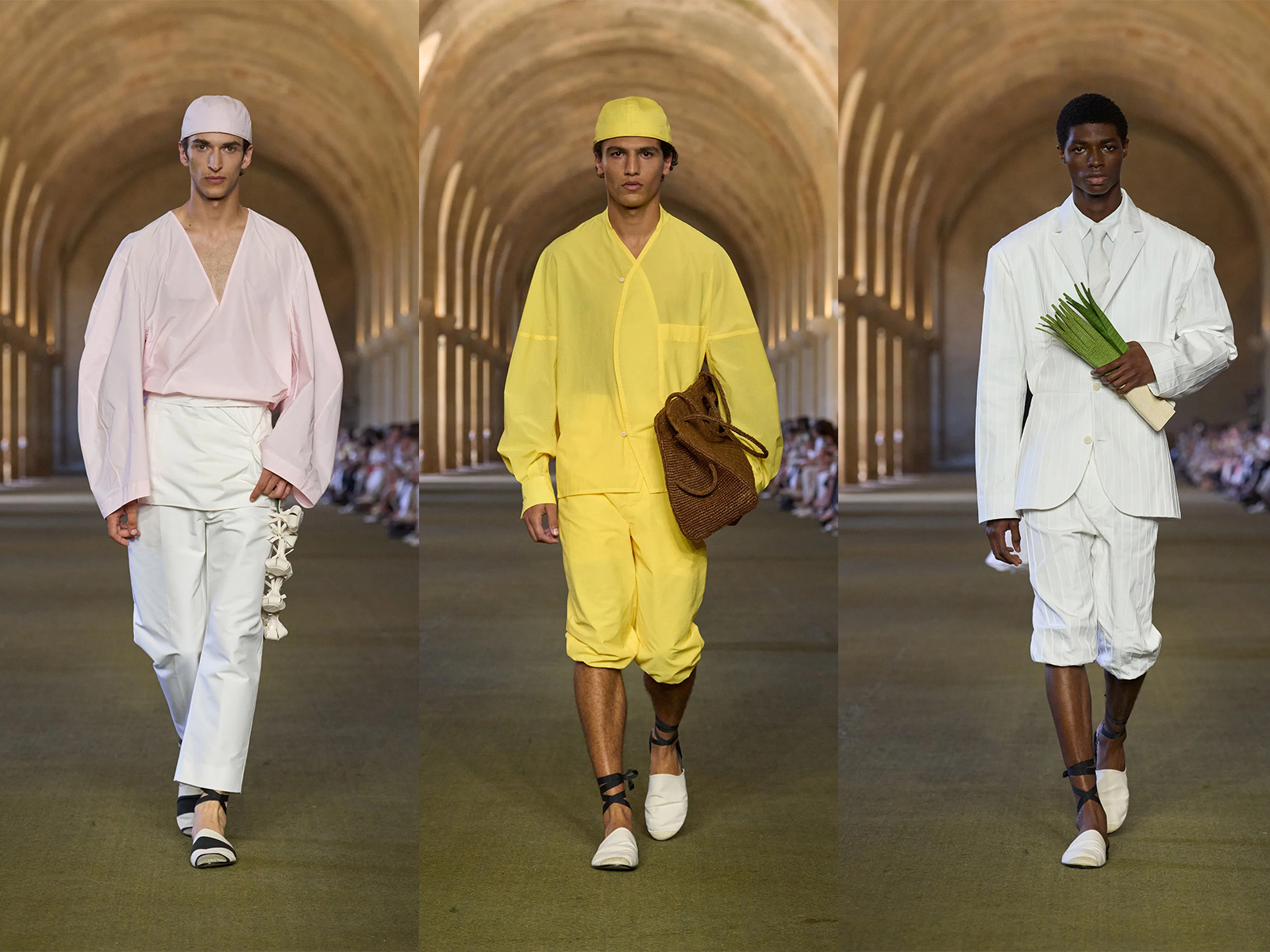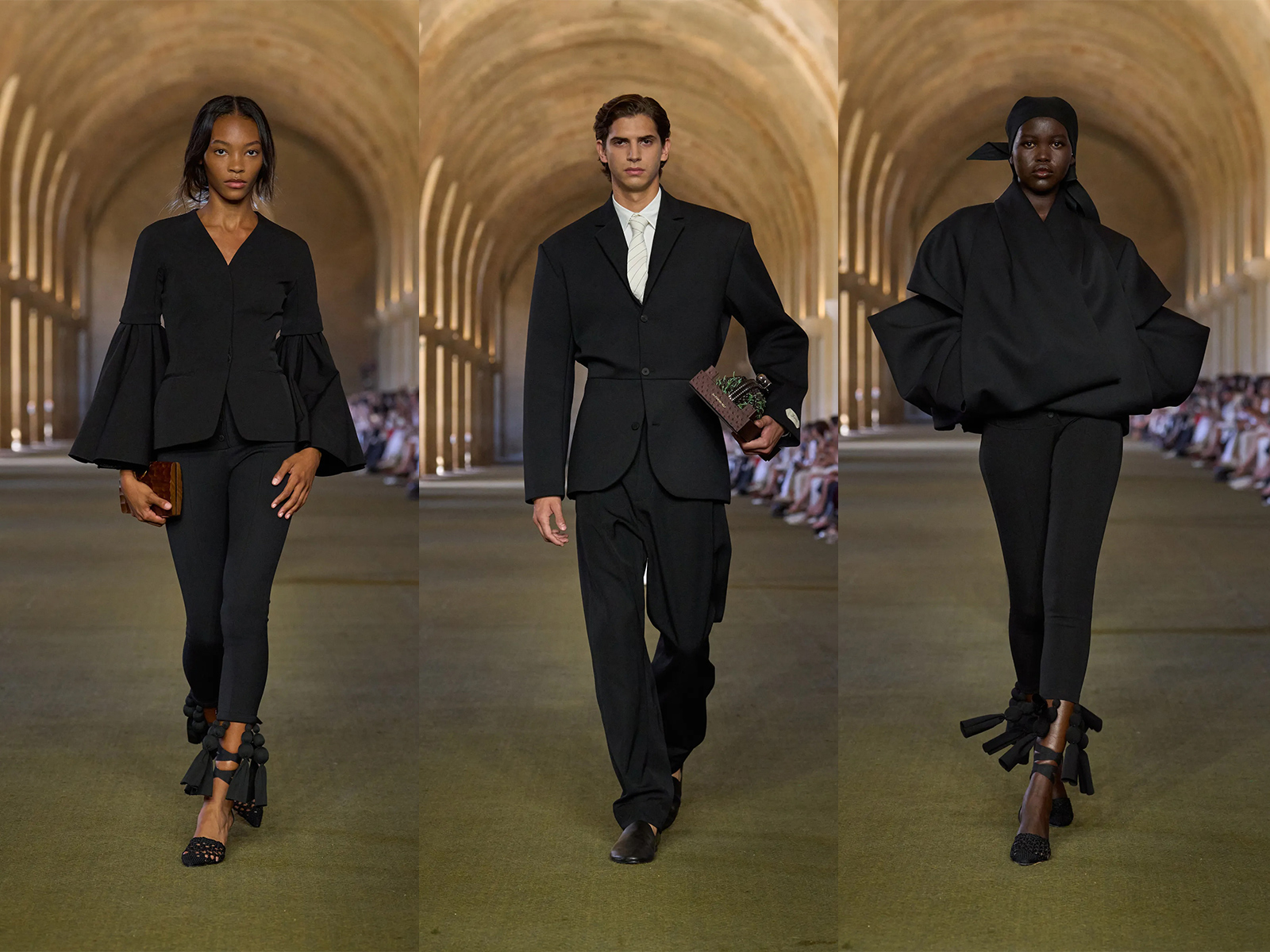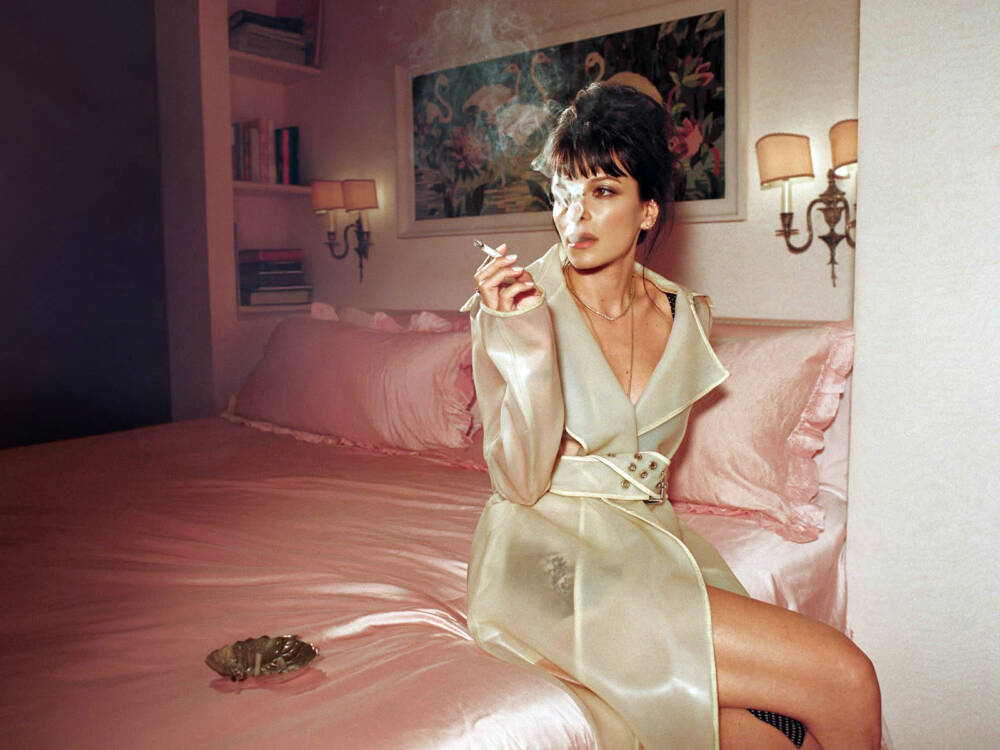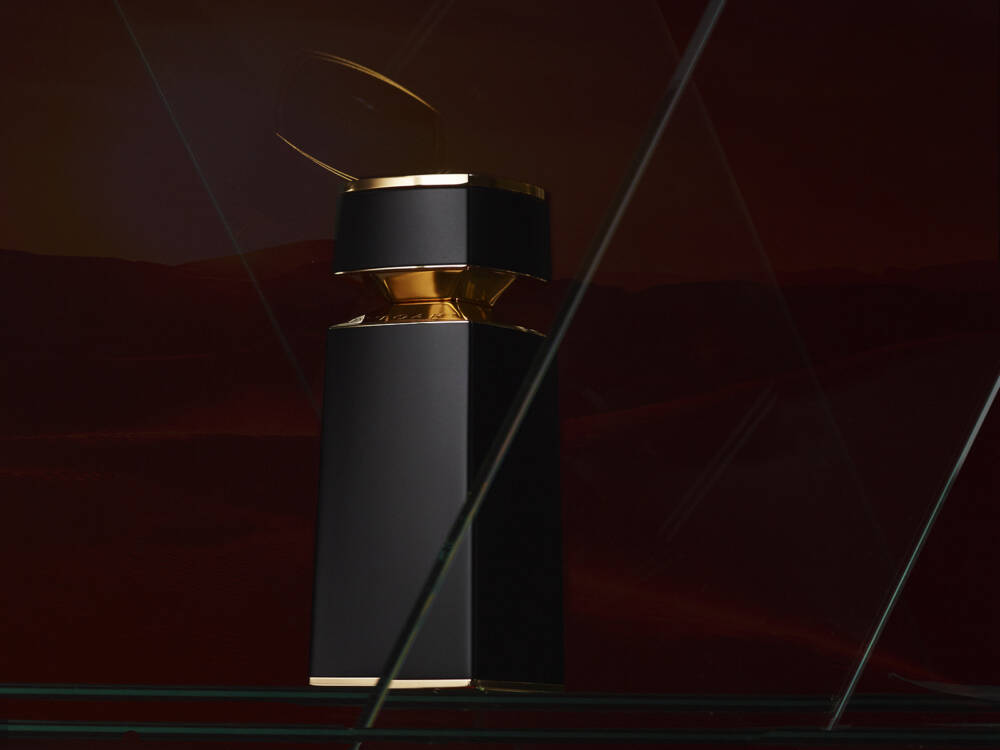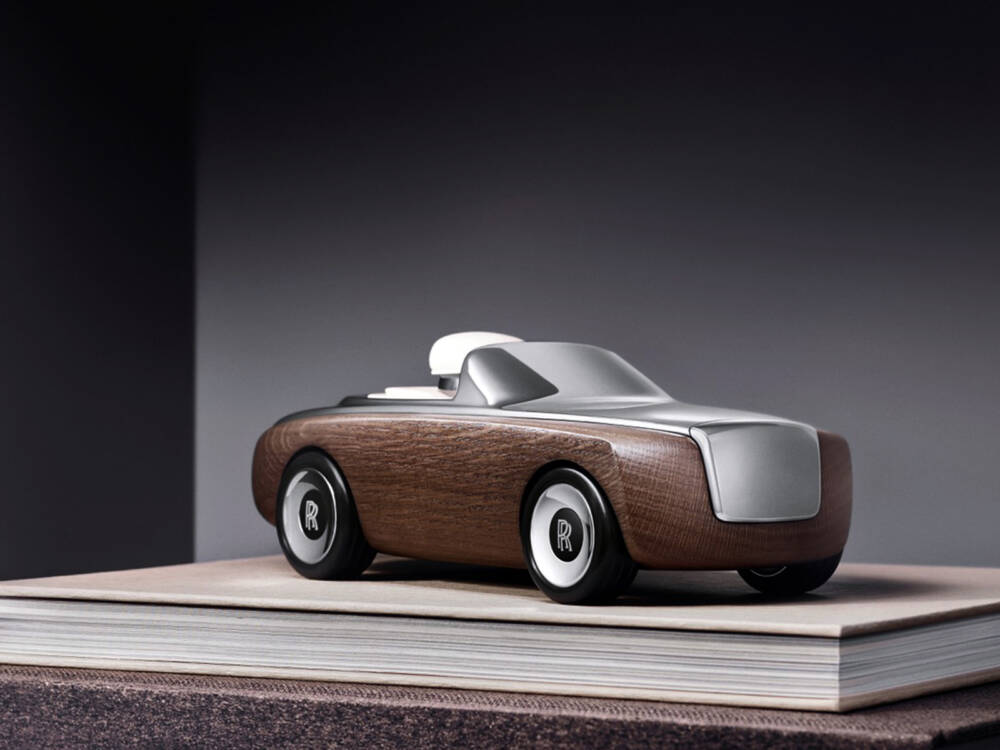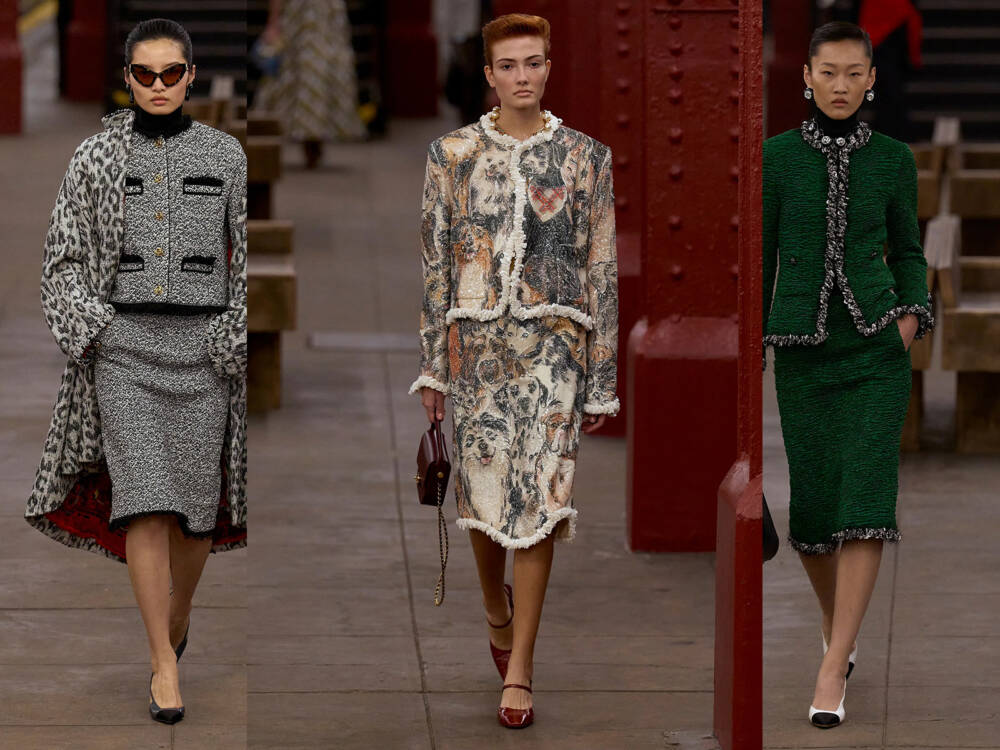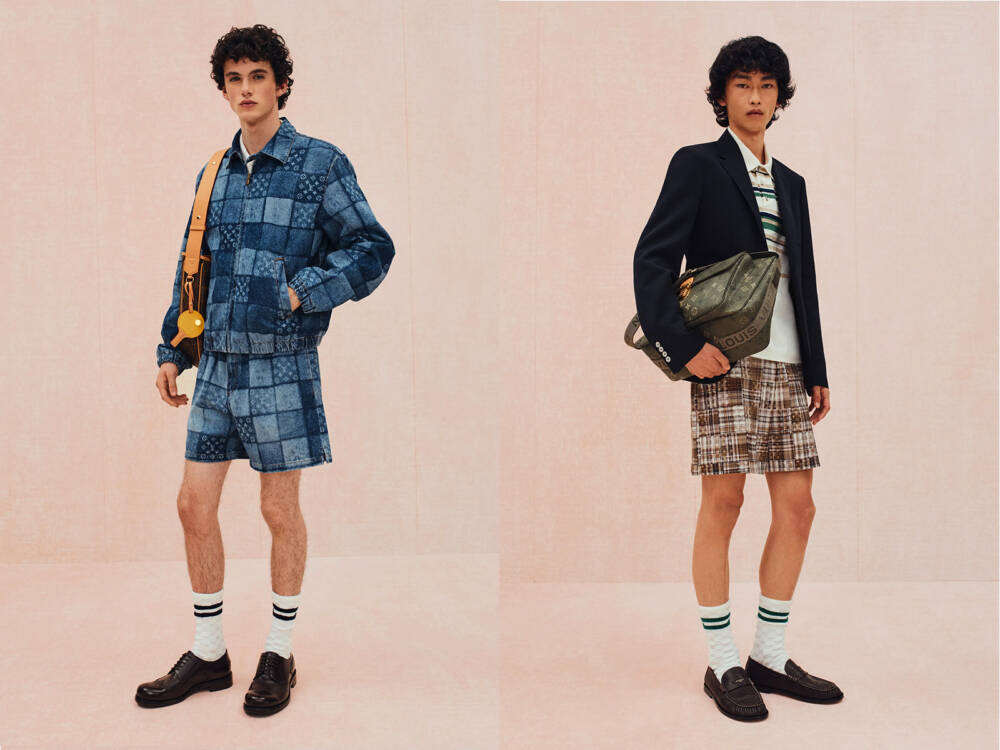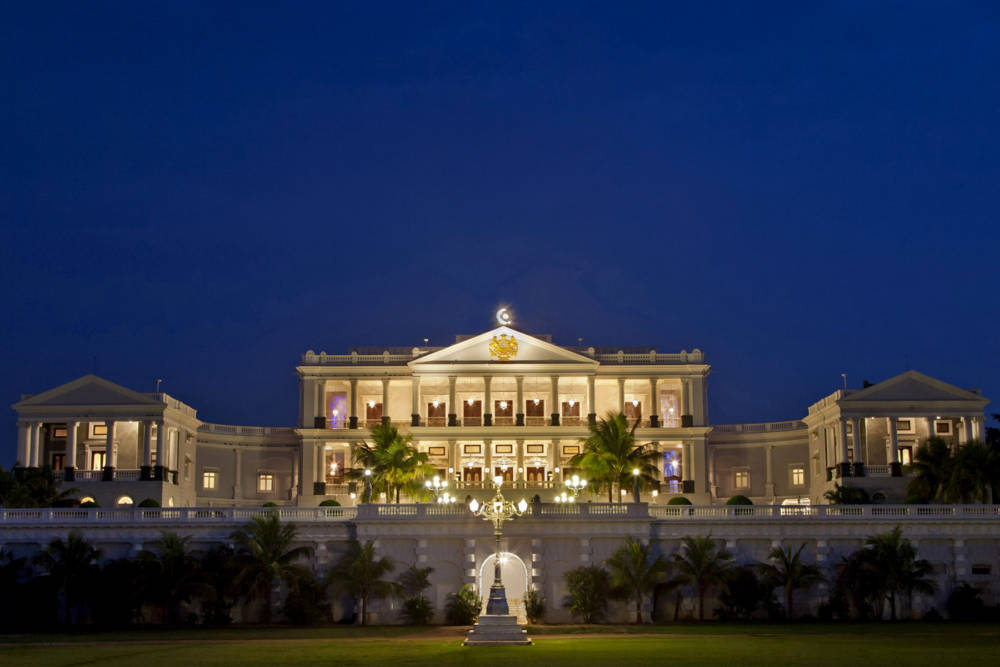For Spring 2026, Jacquemus trades spectacle for sincerity with Le Paysan, a ready-to-wear collection rooted in the landscapes of Provence. Voluminous skirts, scalloped linens, and apron wraps transform humble rural references into garments of modern elegance. In both women’s and men’s looks, Simon Porte Jacquemus blurs the lines between tradition and contemporary style, uniting gendered silhouettes in a shared palette of whites, pastels, and hand-finished detail.
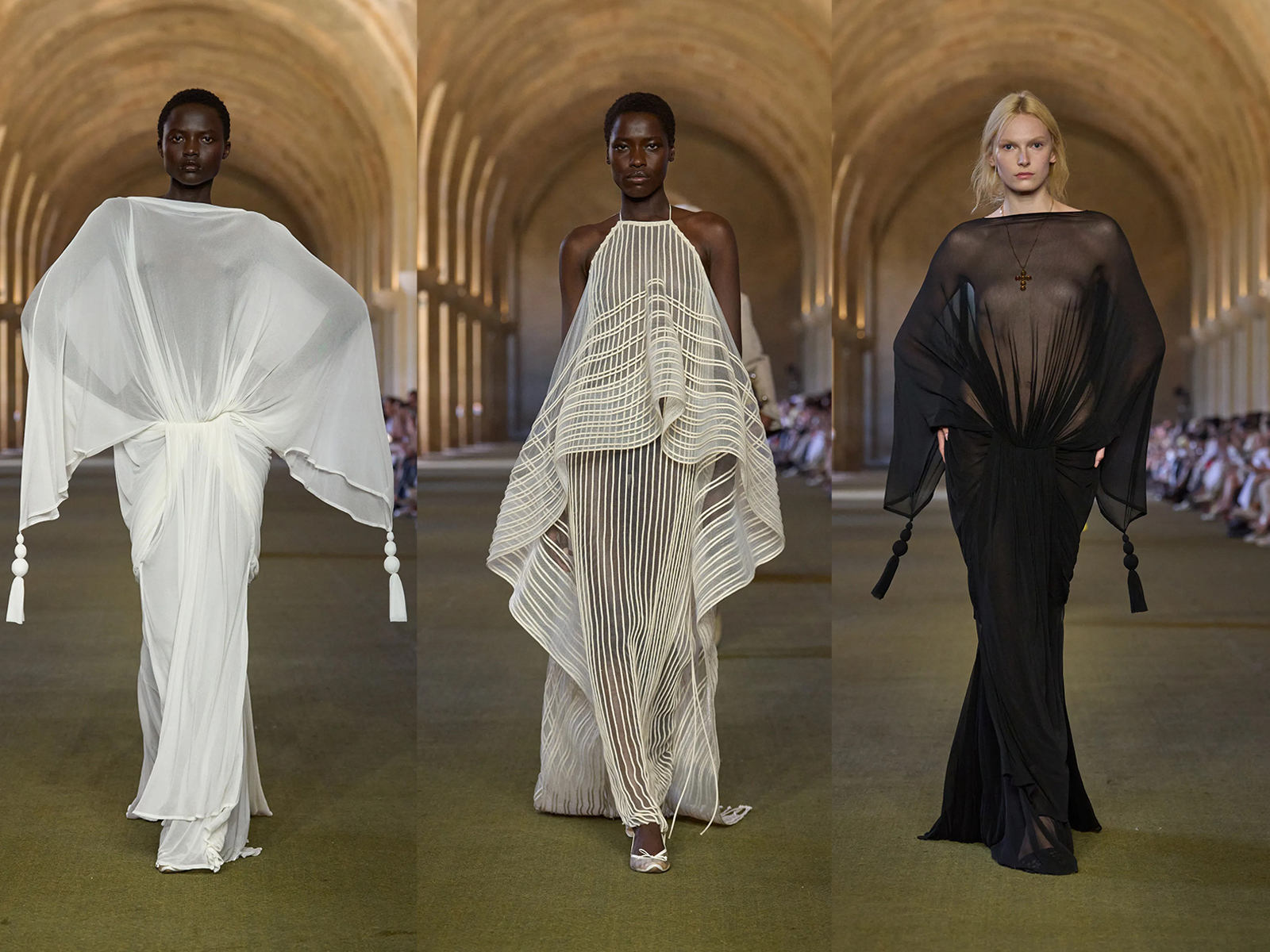
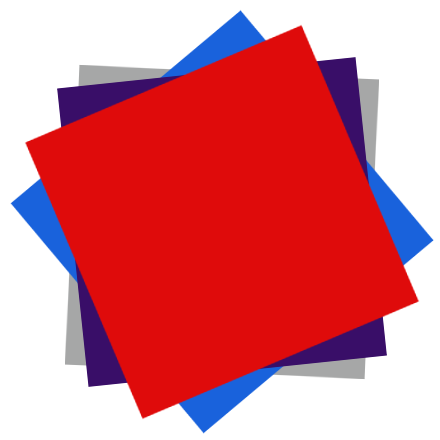
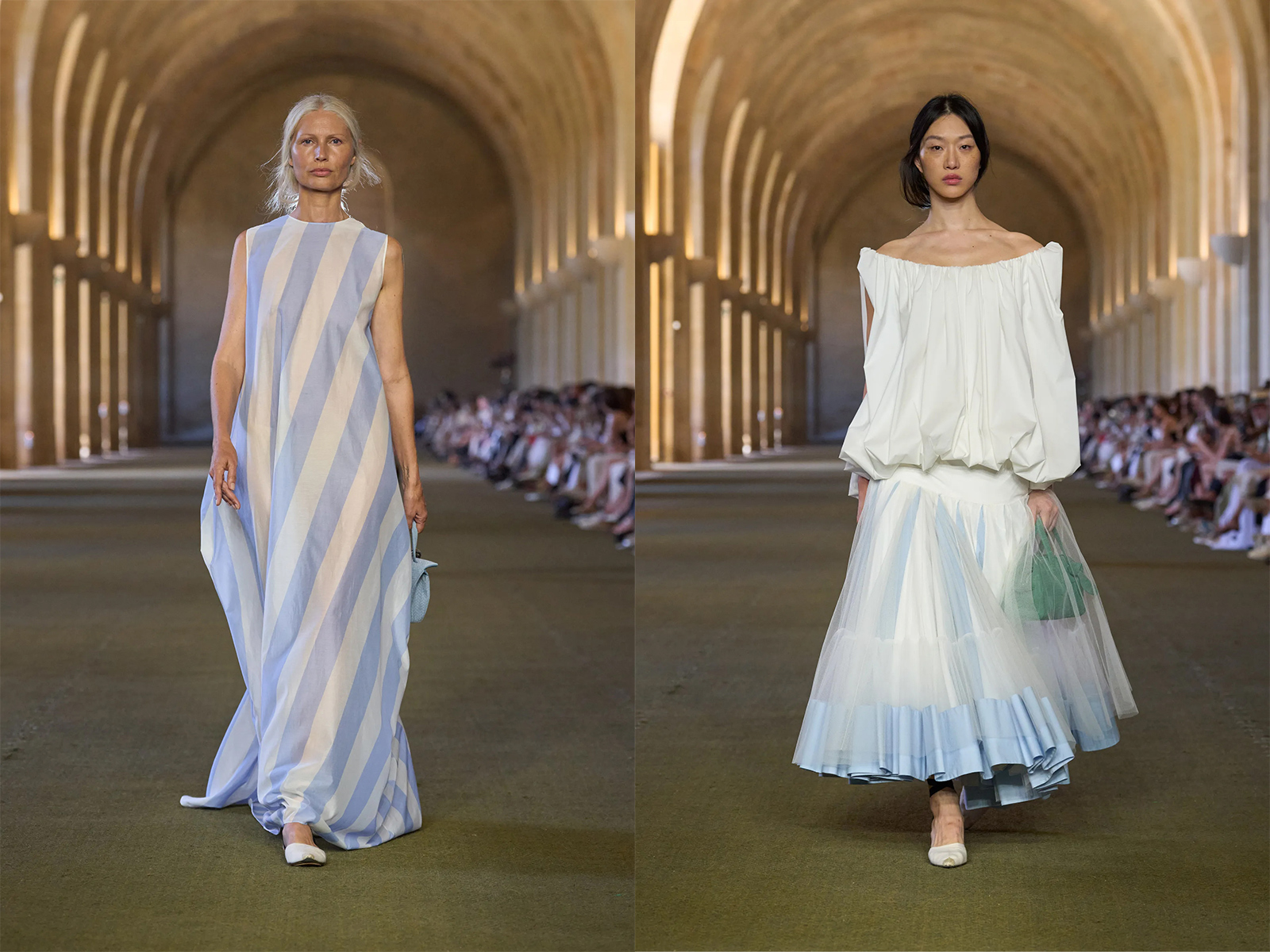



Simon Porte Jacquemus has always been a designer who works from the heart outward. Born in the small farming town of Salon-de-Provence in 1990, he built his eponymous label not on spectacle, but on memory, mood, and the minimalist cuts that have come to define his aesthetic. When he launched Jacquemus in 2009, naming it after his mother’s maiden name, his vision was already anchored in the landscapes and life of southern France. Over the years, he has taken the fashion world from tiny micro-bags to sweeping gowns, from playful surrealism to the quiet power of simplicity. His best work has always been tied to personal narrative, and his Spring 2026 ready-to-wear collection, titled Le Paysan (“The Peasant”), feels like one of his most intimate yet.
Presented in the Orangerie at Versailles, the show opened with a barefoot boy swinging open a grand door. This symbolic gesture seemed to welcome the audience into Jacquemus’s memories. The inspiration came directly from his family heritage and photographs of rural life—images of harvests, headscarves, Sunday linens, and aprons worn without thought of fashion. But in Jacquemus’s hands, these humble references were elevated into garments of grace and ease, rooted in rustic traditions yet sharpened by the precision of Parisian design.


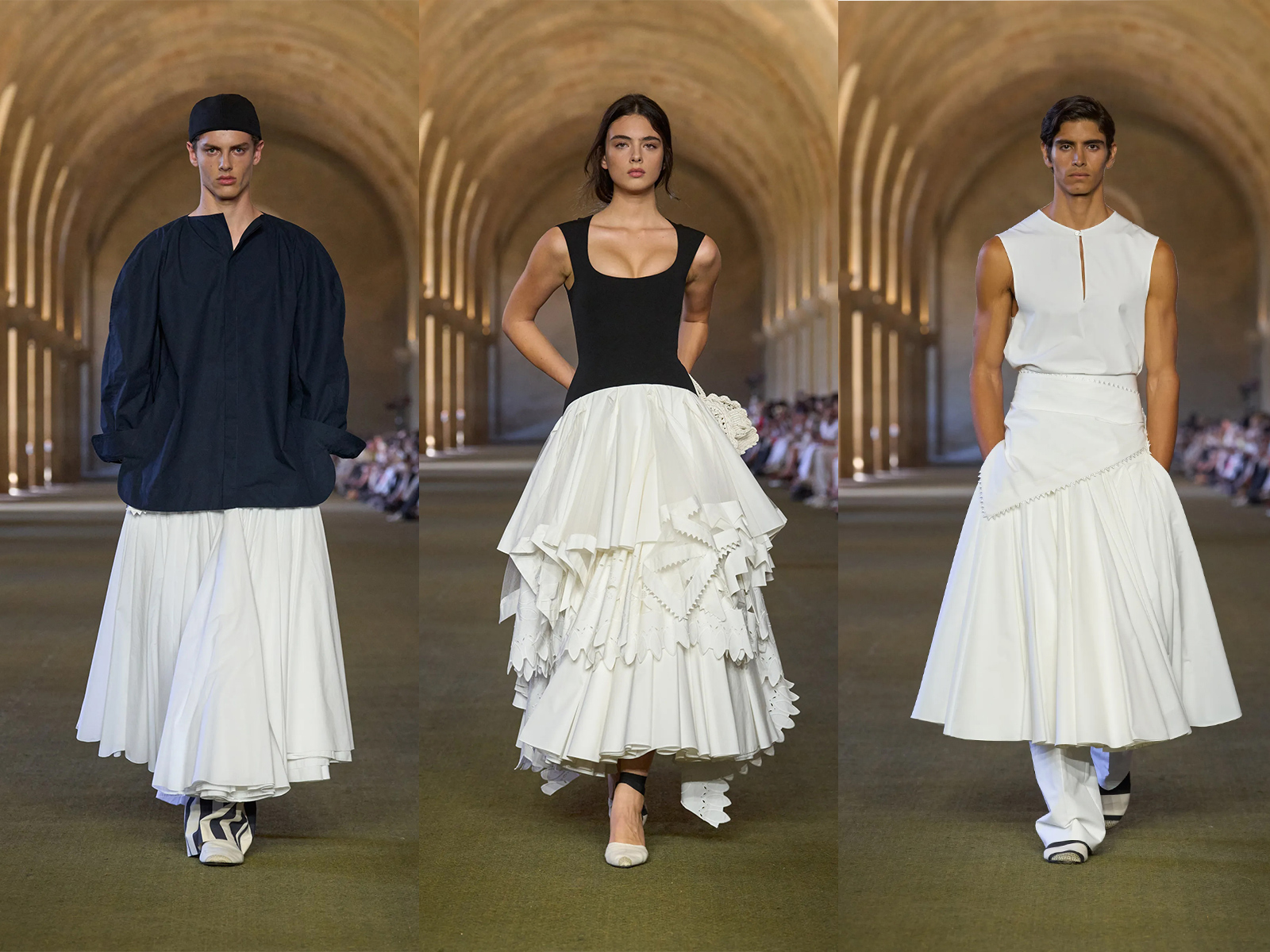

The women’s looks were anchored by voluminous skirts that caught and released the air with every step, their hems scalloped or tiered like hand-finished bed linens. Dresses in broderie anglaise and crisp linen offered structure without stiffness, while asymmetrical hemlines and layered textures gave a sense of movement and romance. Jacquemus leaned heavily into an all-white palette, a choice that emphasized purity and simplicity, but he softened it with gentle pastels—powder blues, muted yellows, and delicate pinks—that evoked Provençal summer skies and fields in bloom. Stripes, used sparingly, brought a playful rhythm to the collection, their boldness balanced by the easy drape of the garments.
Rustic detailing appeared throughout: apron-like wraps tied at the waist, tasseled hems brushing the calves, headscarves knotted loosely at the nape. These elements carried the memory of working clothes but were cut with an elegance that stripped them of utility and reimagined them as objects of desire. The effect was a wardrobe that could move from the countryside to the city without losing its authenticity.
Though the focus was on womenswear, Jacquemus wove the men’s collection into the same narrative, creating a visual conversation between the two. Men stepped out in relaxed linen tailoring, oversized shirts with open collars, and loose trousers with a languid drape that mirrored the fluidity of the women’s skirts. In some cases, apron details and headscarves appeared on male models as well, dissolving the traditional boundaries between masculine and feminine dressing. The shared palette of whites, pastels, and stripes linked the collections seamlessly, while the textures—linen, cotton, delicate embroidery—reinforced the unity of the story.


The parallels were deliberate and unforced. Where the women’s silhouettes offered fullness and romance, the men’s echoed with ease and lightness, proving that the same design language could speak fluently across gender. In doing so, Jacquemus proposed a form of modern rural elegance that felt neither costume nor contrivance, but lived-in and genuine.
Le Paysan signals a turning point for Jacquemus. It moves away from the novelty pieces that once defined his early fame and into a more mature, distilled vision. The collection is deeply personal yet universally resonant, a reminder that fashion can be both rooted in heritage and forward-looking. By focusing on proportion, texture, and a restrained palette, Jacquemus has created a body of work that honors his origins while expanding the possibilities of his future. In a season where many designers chased excess and visual overload, his choice to center the quiet poetry of rural life felt almost radical. Jacquemus.
